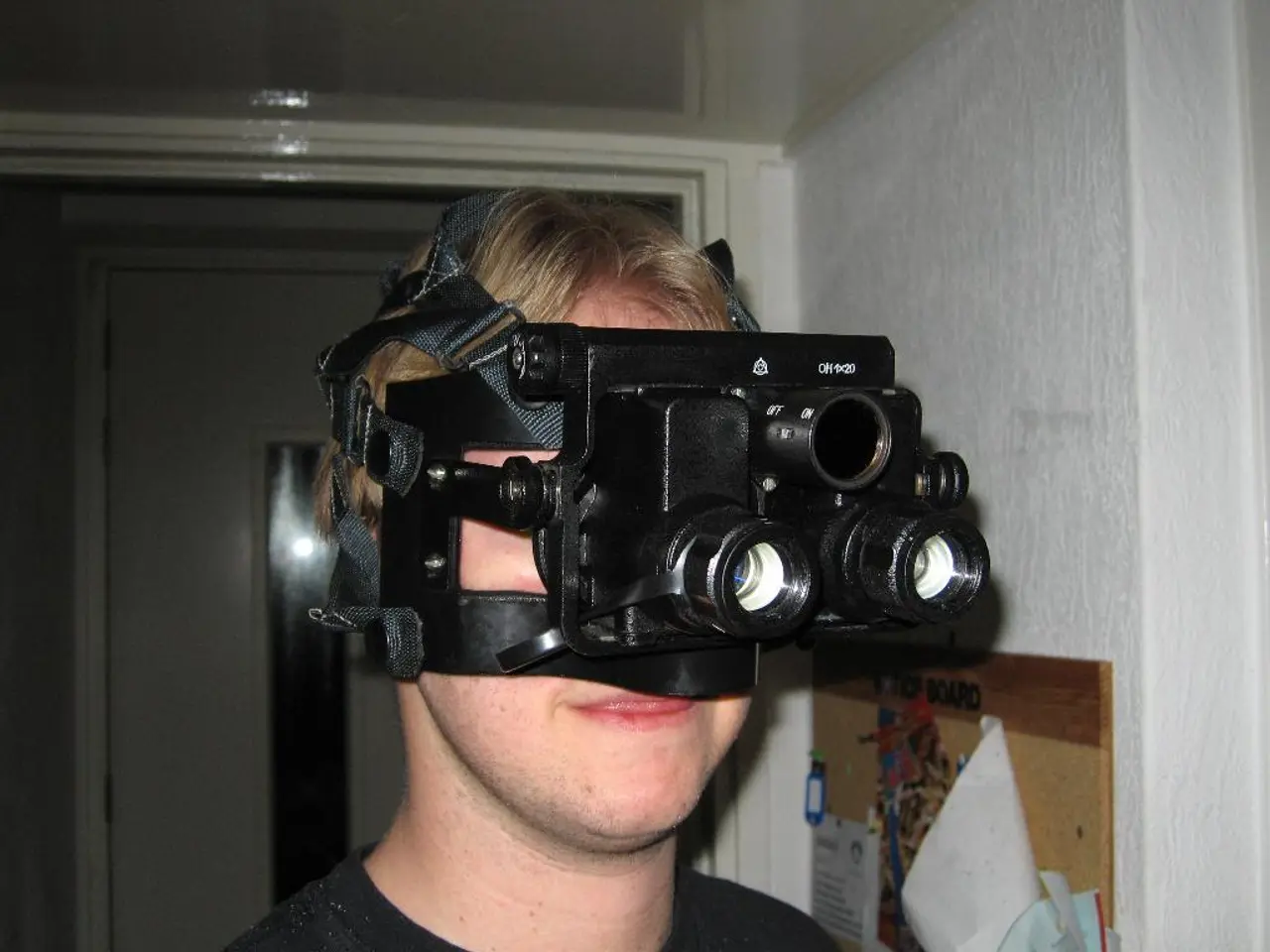Guidelines for Commencing Virtual Reality Live Streams
Virtual Reality (VR) live streaming is revolutionizing the way we experience online content. This immersive technology allows broadcasters to share 360-degree video content in real time, providing viewers with a sense of presence and engagement that traditional livestreaming cannot achieve.
However, VR live streaming is not without its challenges. Common issues include lag, audio problems, or camera calibration errors. To troubleshoot, it's essential to check your internet connection, update software, and verify hardware connections. Regular testing and backup plans are also crucial.
To set up a high-quality VR livestream, best practices include ensuring a robust hardware and software setup, optimizing camera motion and viewer comfort, and preparing for interactive and immersive viewer engagement.
Technical Readiness
A powerful computer and a reliable internet connection are vital for handling VR capture and streaming smoothly without lag or connectivity issues. Choose appropriate streaming software such as OBS Studio or Streamlabs that support VR or 360° video input, and integrate browser-based overlays or widgets for interactive elements if needed.
Camera Work
Plan camera motion carefully to maintain viewer comfort and narrative coherence. Employ medium shots for gameplay focus, use static or smooth linear (dolly) and rotational (arc) camera movements selectively to avoid disorientation, and switch between wide, medium, and close-up shots to highlight tactical aspects or immersive views.
Moderation and Interactivity
Assign moderators and use bot moderation tools for managing chat and interactions, ensuring smooth viewer participation without spam or disruptive behavior. Clearly communicate rules and instructions to your VR viewers to improve engagement and reduce confusion during interactive streams.
Presentation and Engagement
For publishing and viewing, use compatible VR headset apps and platforms that support seamless VR content streaming, such as 3DVista for virtual tours, Oculus Quest or HTC Vive headsets. Consider present and explore modes, where the host controls scene navigation (guides viewer focus) or viewers independently explore, depending on the interaction level desired.
Monetization
Monetizing VR live streams can be achieved through sponsorships, ads, virtual goods, and donations from viewers. Building a dedicated audience and offering unique and immersive content will attract potential revenue streams. Platforms like Patreon can help creators secure ongoing support from fans.
Popular VR live streaming platforms include Facebook Live, YouTube VR, and Twitch VR, which offer features for both creators and viewers to engage with immersive content. To discover VR livestreams, explore popular platforms such as Facebook Live, YouTube VR, or dedicated VR streaming websites, join VR communities, follow VR content creators, and subscribe to channels that offer immersive experiences.
To start VR live streaming, you'll need a specialized VR camera, a powerful computer, VR headsets, streaming software, and a stable internet connection with sufficient bandwidth. Several popular VR live streaming channels cover a range of content, from gaming to live events, such as "VRChat," "Beat Saber Live," and "Oculus Events." These channels attract large followings due to their engaging and immersive content.
To excel in VR live streaming, maintain a professional tone, engage with your audience, plan content well, promote your streams in advance, ensure optimal lighting and audio quality, and interact with viewers in real-time. Continuously improve your VR live streaming skills to provide captivating experiences.
Technology plays a crucial role in the process of VR live streaming, as a powerful computer and reliable internet connection are essential for handling VR capture and streaming smoothly. Appropriate streaming software, such as OBS Studio or Streamlabs, is needed to support VR or 360° video input and integrate browser-based overlays or widgets for interactive elements.
For troubleshooting VR live streaming issues like lag, audio problems, or camera calibration errors, it's essential to check the internet connection, update software, and verify hardware connections, and perform regular testing and backup plans.




